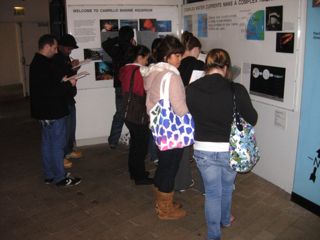
Bio 317 at Cabrillo
| 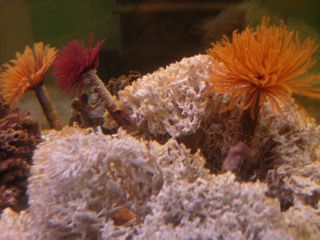
Tube builders: Feather duster worms (Annelida: Polychaeta: Sabellidae) have a parchment-like flexible tube. Note also the honeycomb (or sand castle) tubeworm on the center leftmost background, Phragmatopoma californica (Sabelleridae), which build their tubes with cemented sand grains. The white colony of tubeworms is unidentified.
| 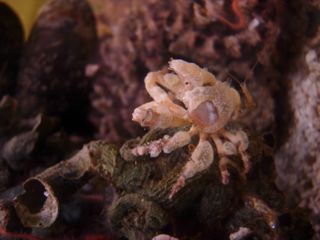
Decorator crab (ID under investigation)
|

Anthopleura sola (sunburst anemone)
| 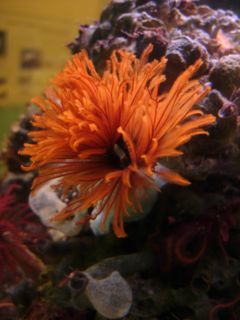
Sabellid polychaete (feather duster tubeworm)
| 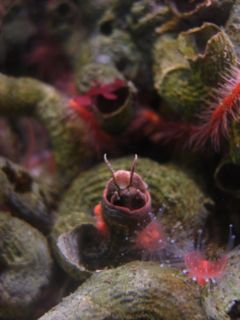
Serpulorbis squamigera, a suspention feeding snail that lives in a calcareous tube.
|

Lillee with Bio 317 alum and mom, Chrystal, helped out on our fieldtrip.
| 
-
| 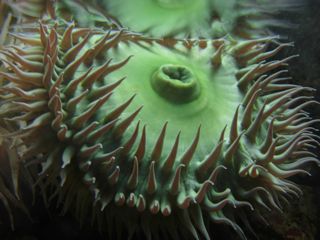
Anthopleura xanthogrammica (giant green anemone)
|
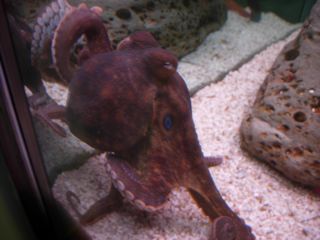
Octopus cf. bimaculoides (two spot octopus) - Compare with larger octopus from last year
| 
-
| 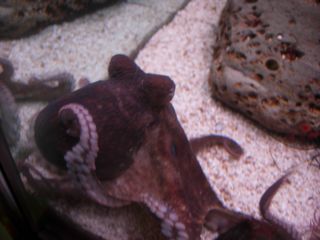
-
|
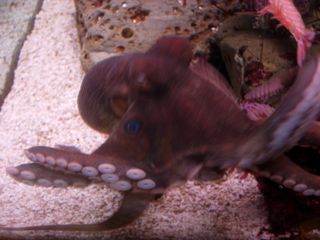
-
| 
-
| 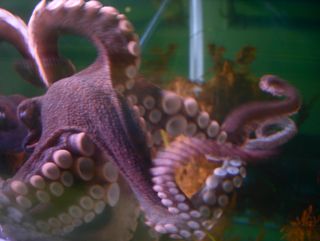
-
|

Chestnut cowry
| 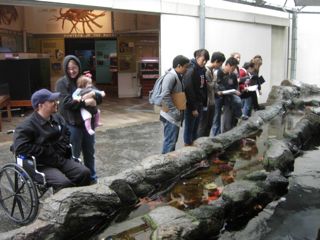
Touch tank
| 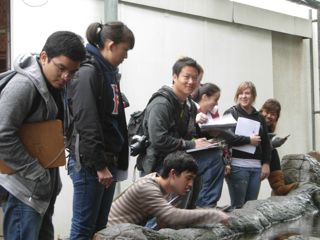
-
|
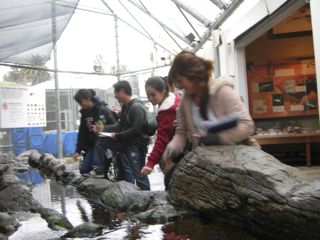
-
| 
-
| 
Patiria miniata (bat star)
|
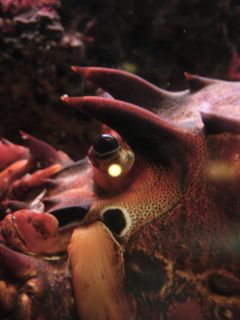
Close-up of giant California spiny lobster
| 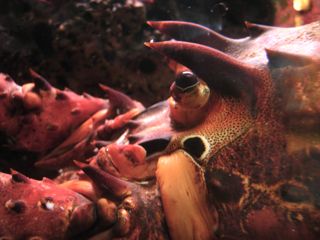
-
| 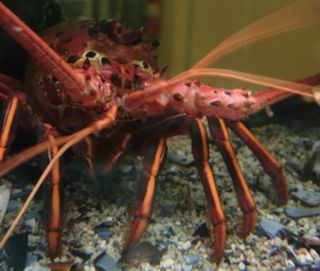
-
|

-
| 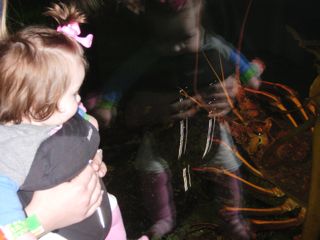
-
| 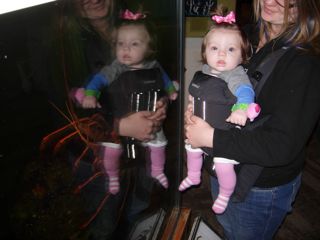
-
|
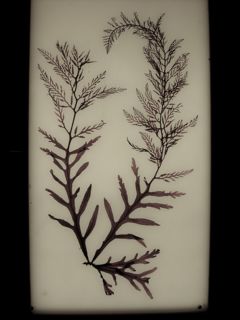
Cystoseira osmundacea
| 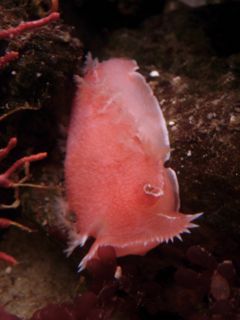
Diomedes' tritonid (Tritonia diomedea) is a nudibranch (Gastropoda: Opisthobranchia: Nudibranchia)
- see here for interesting details of its feeding on sea pens and its dramatic swim escape response when a sunflower star is near.
| 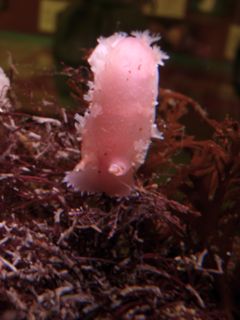
-
|
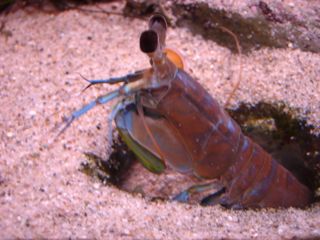
Hemisquilla ensigera (mantis shrimp or stomatopod) - see movie of a mantis shrimp's smashing appendage here and more on this particular species here
or here
| 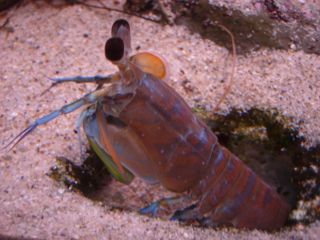
-
| 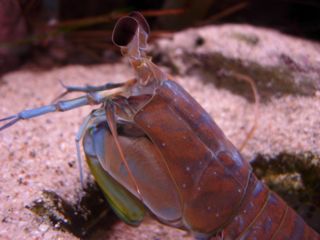
-
|
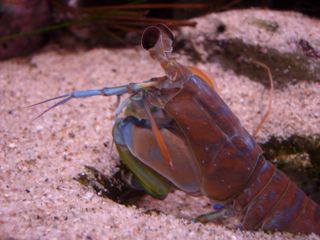
A mantis shrimp's eyes are highly unusual and sophisticated compared with other crustaceans.
| 
-
| 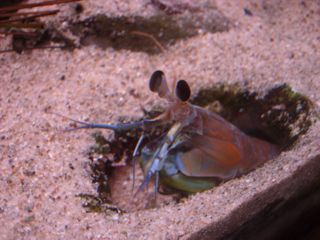
-
|
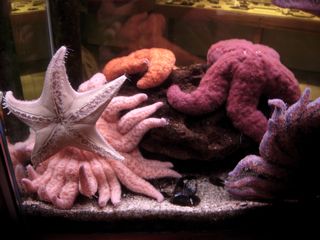
Leather star (Dermasterias imbricata; oral view) on upper left, in front of sunflower star (Pycnopodia helianthoides), and next to two large ochre seastars (Pisaster ochraceus)
| 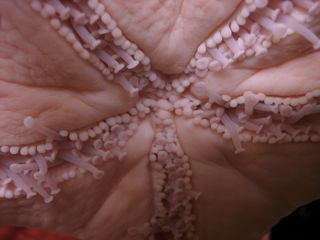
Dermasterias imbricata eats anemones and urchins.
| 
-
|

Tube anemones (Ceriantharia) look like sea anemones but are only distantly related to them within the anthozoan cnidarians.
| 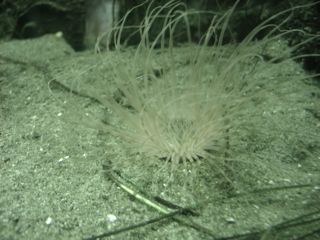
Partly withdrawn tube anemone
| 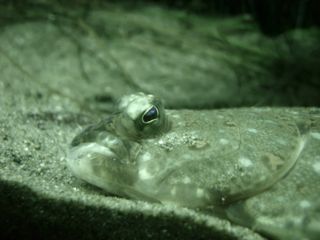
Tentative: hornyhead turbot
(Pleuronichthys verticalis)
|
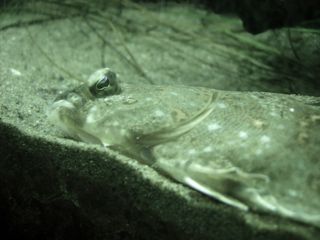
-
| 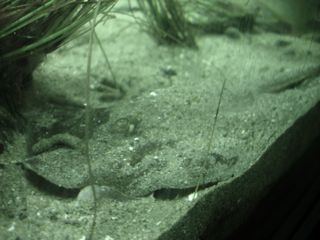
-
| 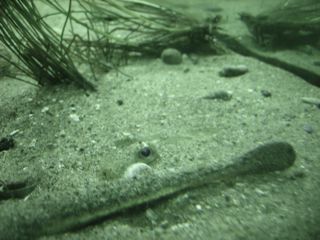
-
|

-
| 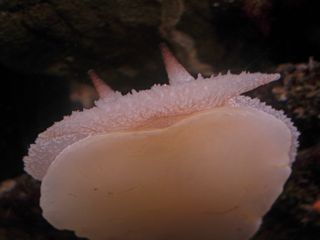
Pleurobranchaea californica (Gastropoda: Opisthobranchia: Notaspidea: Pleurobranchidae)
- see here for more on this widely-used model organism for neurophysiology
| 
-
|
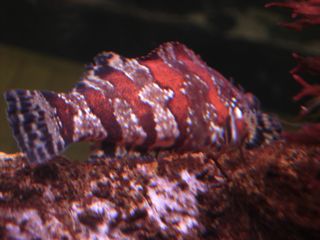
Painted greenling
(Oxylebius pictus)
| 
-
| 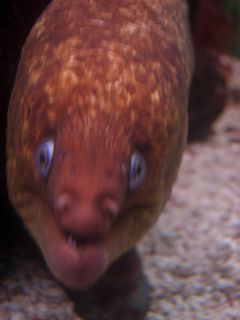
California moray eel (Gymnothorax mordax)
|
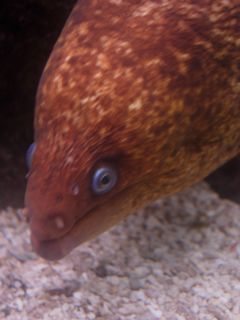
-
| 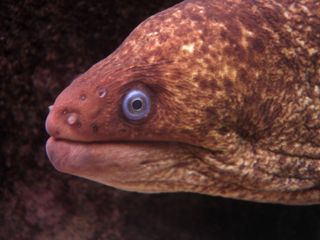
-
| 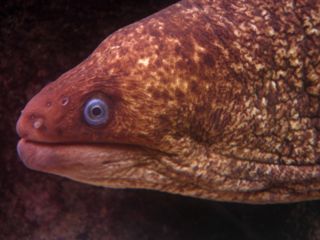
-
|
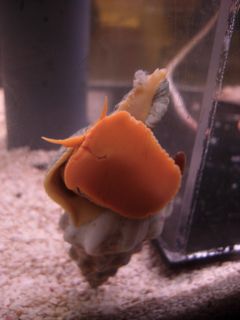
Kellet's whelk (Kelletia kelletii)…
| 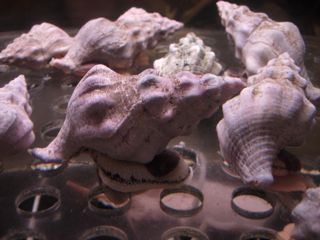
-
| 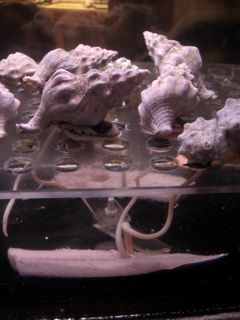
…feeding on fish with proboscis extended.
|
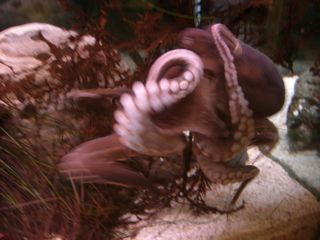
Octopus cf. bimaculoides
| 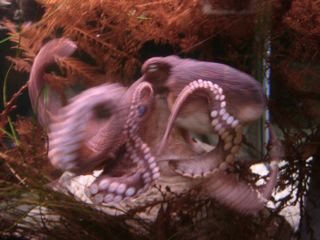
-
| 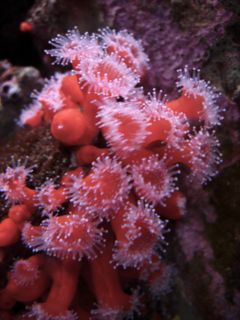
Corynactis californica (strawberry jewel anemone)
|
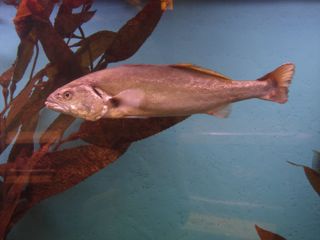
Tentative: white sea bass
| 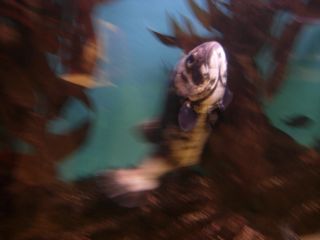
Tentative: giant black sea bass are a protected species - see here for what happens to the poachers of a giant black sea bass.
| 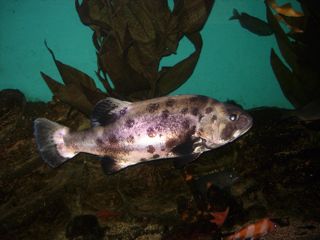
Tentative: giant black sea bass
|
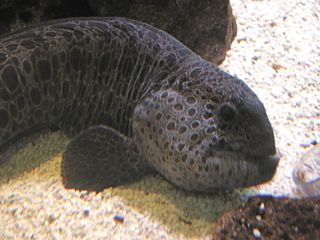
Tentative: wolf eel
| 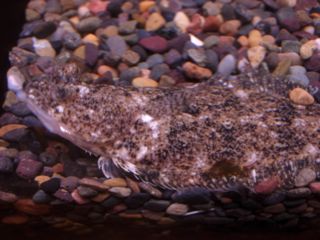
Speckled sanddab (Citharichthys stigmaeus) can match its surroundings.
| 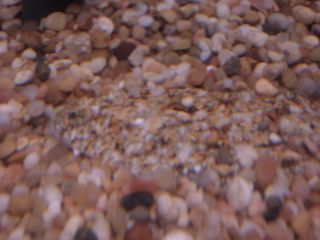
Speckled sanddab (Citharichthys stigmaeus)
|
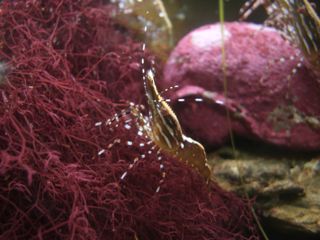
-
| 
-
| 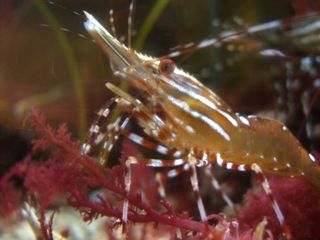
-
|
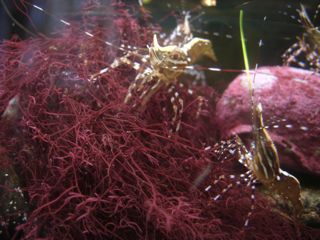
-
| 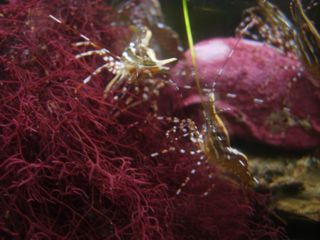
-
| 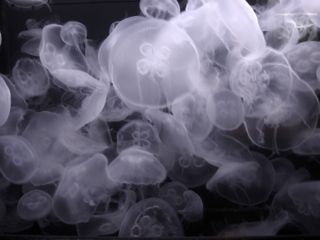
Moon jellies (Aurelia aurita)
|
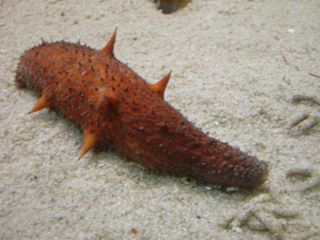
Warty sea cucumber (Parastichopus parvimensis)
| 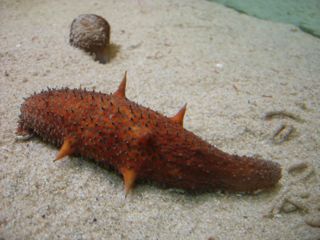
-
| 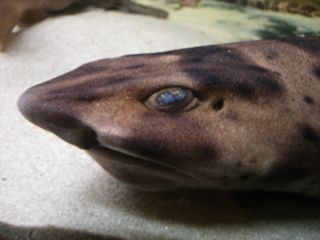
-
|
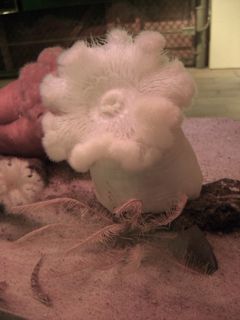
A suspension-feeding anemone (cf. Metridium senile) with a featherstar (Echinodermata: Crinoidea) at its base - note that that crinoids are the fifth class of echinoderms, less commonly seen on the West Coast.
| 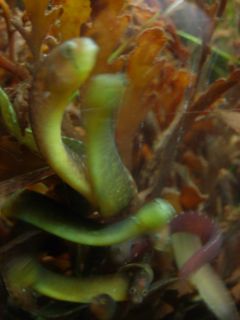
Rockweed gunnels (Xererpes fucoram)
| 
-
|
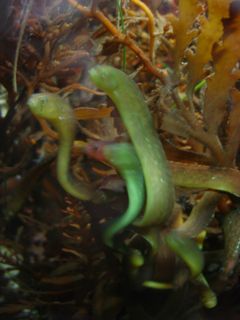
-
| 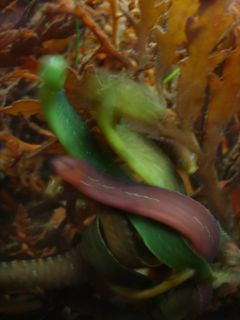
-
| 
-
|
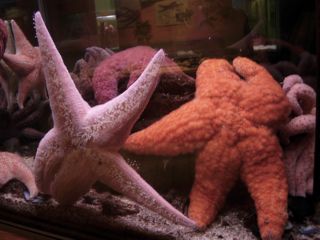
Oral view of Pisaster brevispinus on left; aboral view of Pisaster ochraceus on right
| 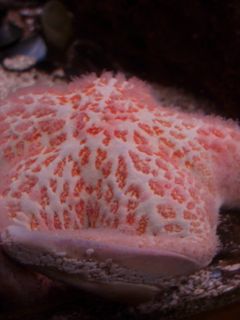
Leather star with papulae, finger-like extensions of the body wall that are thin-walled diverticula of the coelom, extended for respiration.
| 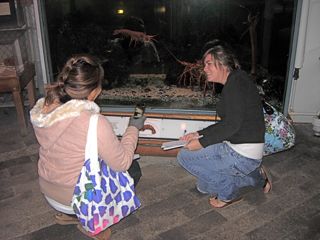
-
|

-
| 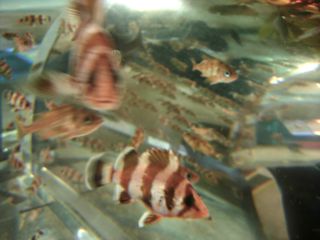
-
| 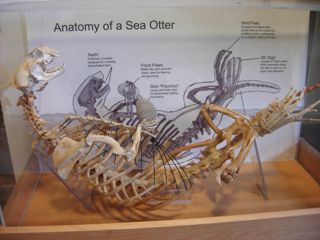
Anatomy of a sea otter
|
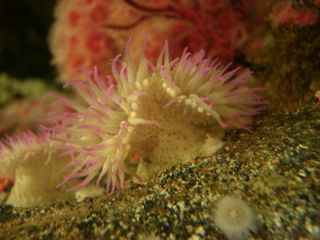
Anthopleura elegantissima (aggregating anemone)
| 
-
| 
-
|
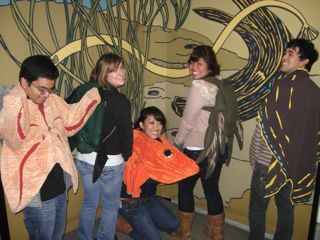
-
| 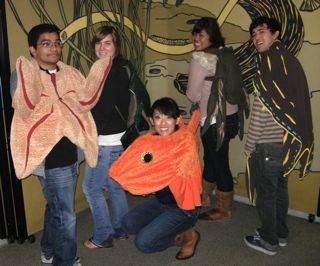
-
| 
-
|
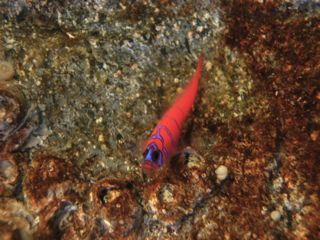
Blue-banded goby (Lythrypnus dalli)
| 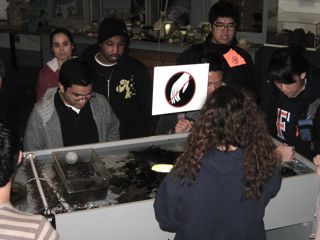
-
| 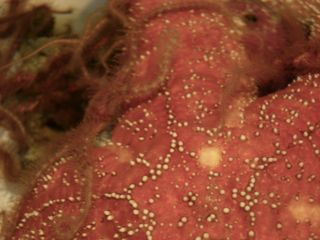
-
|

California trivia (Trivia californiana) feed on colonial ascideans - see here
| 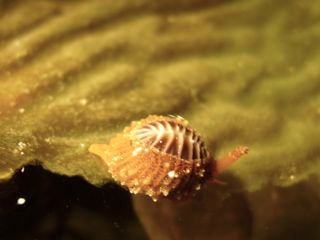
-
| 
-
|
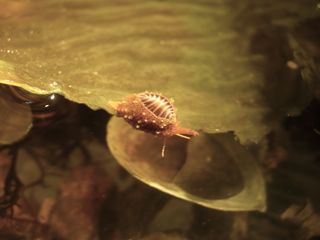
This snail belongs to the family, Triviidae, which resembles a cowry but is more closely related to slug-like velutinids (formerly Family Lamellariidae) - see here
| 
Chestnut cowry (Zonaria spadicea; formerly Cypraea spadicea)
| 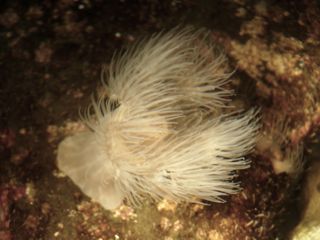
-
|

California sea hare and shark egg case
| 
-
| 
-
|

Anthopleura cf. elegantissima
| 
Warty sea cucumber
| 
Model of a caprellid amphipod, commonly called skeleton shrimps, next to colonial plume-like hydroids and colonial upright and encrusting bryozoans (note: these would be quite tiny in life)
|
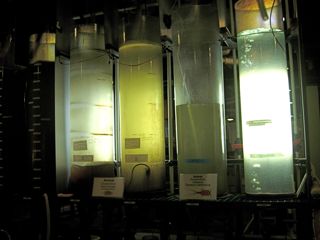
-
| 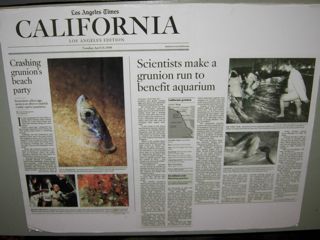
-
| 
-
|
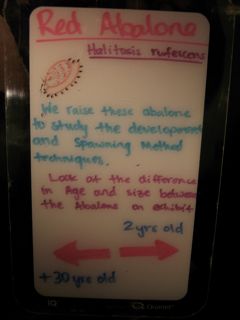
-
| 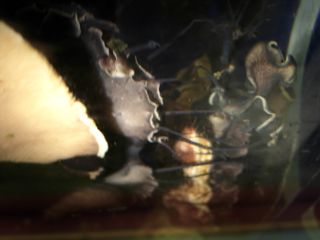
Large red abalones (Haliotis rufescens)
| 
-
|
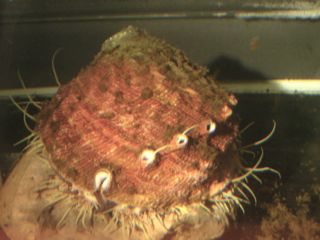
Endangered white abalone (Haliotis sorenseni)
| 
-
| 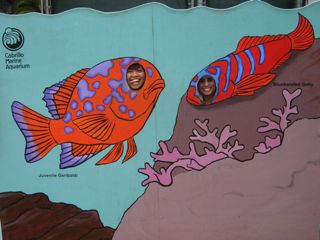
-
|
 Under Construction!
Under Construction! Under Construction!
Under Construction!